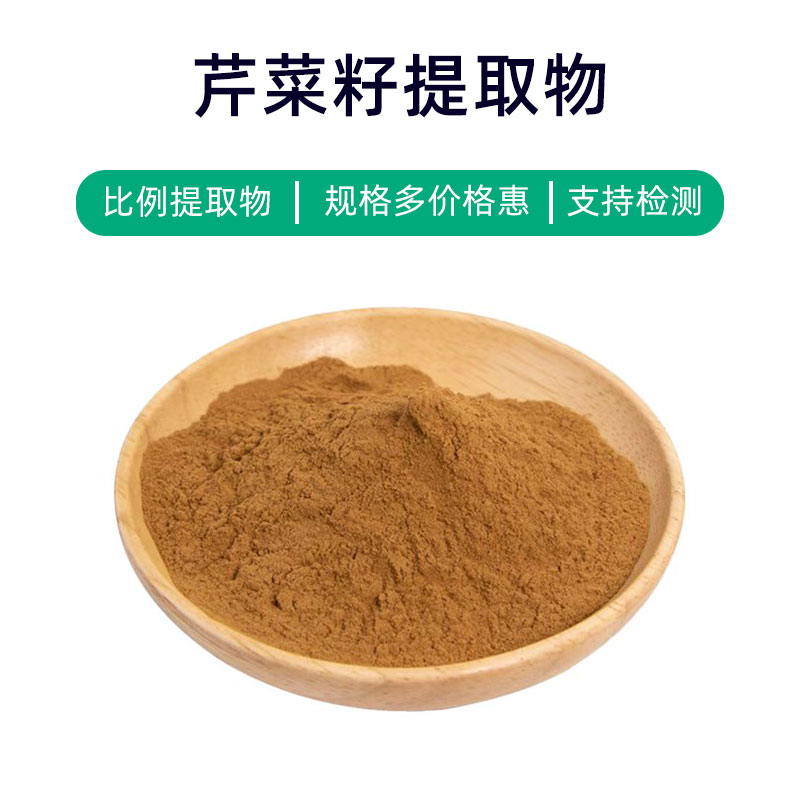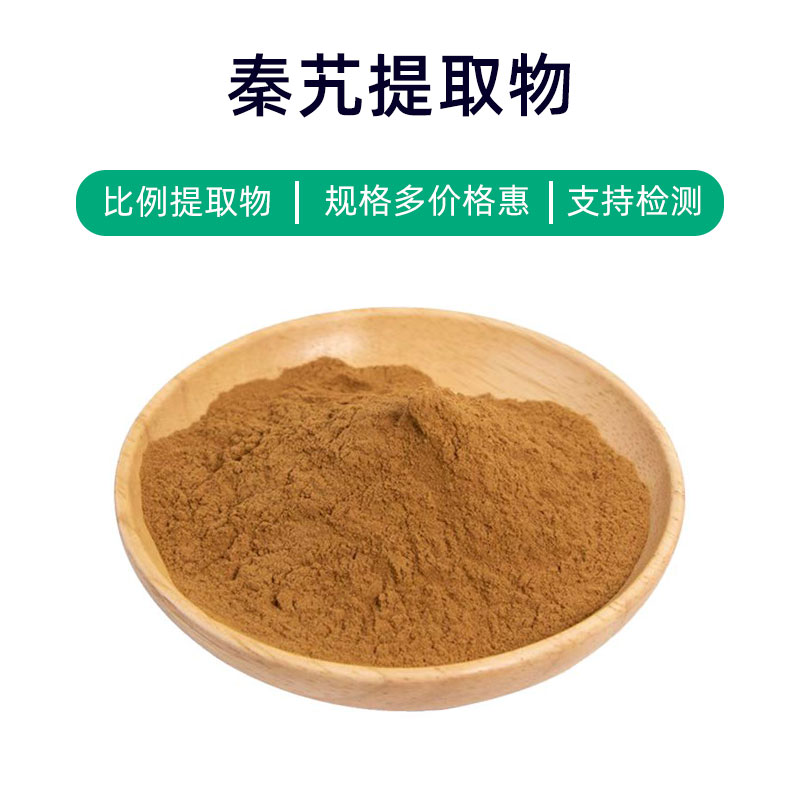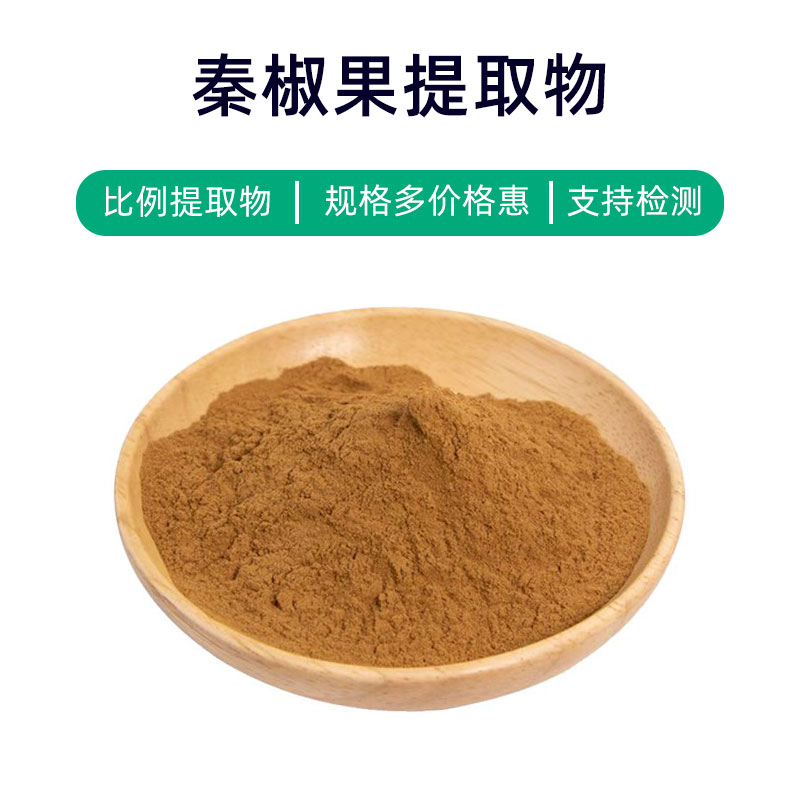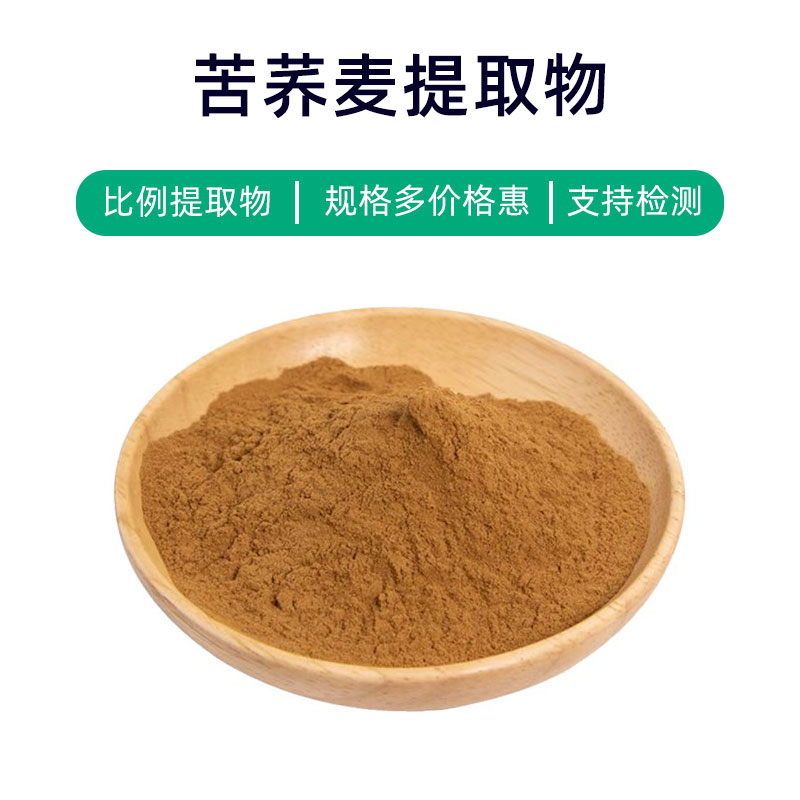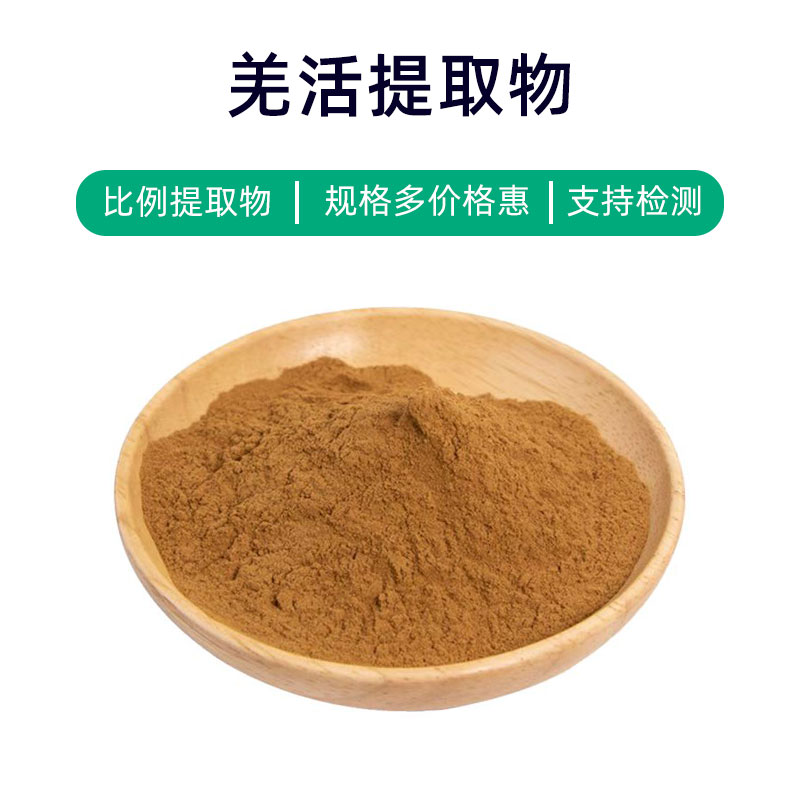Camu Camu Extract Product Introduction
Camu Camu Extract is a natural plant extract derived from the fruit of the Camu Camu tree. Its main components include a rich concentration of vitamin C, flavonoids, anthocyanins, and phenolic compounds. These ingredients provide Camu Camu Extract with various effects and applications.
First, Camu Camu Extract is an abundant source of vitamin C, known for its antioxidant effects on the skin, helping to reduce damage from free radicals, protecting the skin from environmental harm, and promoting collagen production, resulting in firmer and more elastic skin.
Second, Camu Camu Extract is rich in flavonoids and anthocyanins, which exhibit anti-inflammatory and antioxidant properties, aiding in the relief of skin inflammation, reducing sensitivity and redness, and improving skin tone for a healthier appearance.
Additionally, Camu Camu Extract is often used in food and dietary supplements as a natural antioxidant and nutrient booster. It can be incorporated into juice, fruit puree, and supplements to enhance nutritional value and provide a natural tartness and flavor.
Overall, Camu Camu Extract is a multifunctional natural plant extract with antioxidant, anti-inflammatory, beauty-enhancing, and nutritional benefits, widely applied in cosmetics, skincare products, dietary supplements, and food.
Camu Camu Extract Production Process
The production process for Camu Camu Extract typically includes the following main steps:
- Raw Material Collection: Fresh Camu Camu fruit is harvested to use as raw material for the extract. It is essential to select fruits at the appropriate stage of ripeness and ensure their quality and freshness, as this is crucial for the final extract's quality.
- Washing and Processing: The collected Camu Camu fruit is washed and processed to remove impurities and contaminants from the surface. This step ensures the purity and hygiene safety of the extract.
- Extraction Process: The cleaned fruit undergoes an extraction process. Water or organic solvents are typically used as the extraction medium, soaking the Camu Camu fruit for a period to extract the active components.
- Filtration and Concentration: The liquid obtained from extraction is filtered to remove solid impurities like fruit residue. The extract is then concentrated to the desired level using evaporation or other concentration methods.
- Drying: The concentrated extract needs to be dried to remove moisture and yield the dry extract. This drying process is usually done using spray drying, vacuum drying, or freeze-drying techniques.
- Grinding and Sieving: The dried extract typically exists in powder form and needs to be ground and sieved to ensure uniform particle size that meets product requirements.
- Quality Control: Throughout the production process, strict quality control measures are implemented to monitor the components, purity, and activity of the extract, ensuring the final product meets established quality standards.
- Packaging and Storage: Finally, the extract is packaged, sealed, and labeled to ensure product safety and stability. The extract is usually stored in a cool, dry, and dark environment, avoiding direct sunlight and high temperatures to extend its shelf life.
Effects and Side Effects of Camu Camu Extract
Camu Camu Extract has various effects and benefits, including the following aspects:
- Antioxidant Action: Camu Camu Extract is rich in vitamin C, flavonoids, and other antioxidant components, which can eliminate free radicals in the body, slow cellular aging, and protect cells from oxidative damage.
- Boosting Immunity: The extract contains valuable vitamin C and various antioxidants, enhancing the body's immune response, increasing resistance, and helping to prevent colds and illnesses.
- Promoting Digestion: Rich in fiber and pectin, Camu Camu Extract promotes intestinal movement, increases the frequency of bowel movements, improves digestion, and helps prevent constipation and indigestion.
- Blood Sugar Regulation: Research has shown that certain components in Camu Camu Extract may help regulate blood sugar levels, aiding in the prevention and treatment of diabetes and other metabolic diseases.
- Blood Pressure Reduction: Some active ingredients in Camu Camu Extract can help lower blood pressure by relaxing blood vessels, aiding in the management and prevention of hypertension.
- Anti-Inflammatory and Antibacterial Effects: The extract contains many bioactive substances that exhibit anti-inflammatory and antibacterial properties, effectively relieving inflammation and preventing infections.
- Cardiovascular Protection: The antioxidants present in Camu Camu Extract help protect the heart and blood vessels, lowering blood lipids and inhibiting platelet aggregation to prevent cardiovascular diseases.
- Improving Sleep Quality: Some components in Camu Camu Extract have calming and soothing effects, alleviating anxiety, tension, and insomnia, thus improving sleep quality.
Despite the many benefits of Camu Camu Extract, it is important to be mindful of potential side effects. Excessive or long-term use may lead to digestive discomfort or allergic reactions; therefore, consulting a healthcare professional for guidance before use and strictly following dosage instructions is recommended.
Application Scenarios and Dosage of Camu Camu Extract
Camu Camu Extract is widely used in medicine, food, and cosmetics, with specific applications and dosages in each area as follows:
- Medical Applications: In the medical field, Camu Camu Extract is primarily used in the formulation of dietary supplements and medicines, commonly for blood sugar regulation, blood pressure reduction, and immunity enhancement. It is typically taken orally in the form of capsules, tablets, or granules. The recommended dosage for adults generally ranges from 300-1000 mg per day, with specific dosing according to product instructions or medical advice.
- Food Applications: Camu Camu Extract is frequently added to foods as a natural functional ingredient to enhance nutritional value and health benefits. Common applications include incorporation into cereals, juices, yogurts, and baked goods. The usual dosage is in accordance with recipe formulations, typically not exceeding 1% of the total components in the food product.
- Cosmetics Applications: Camu Camu Extract is often used in cosmetics for its antioxidant, anti-inflammatory, moisturizing, and anti-aging properties, suitable for facial skincare and body care products. It can be included as an ingredient in creams, lotions, serums, masks, shampoos, and body washes. The amount used is generally determined based on specific product formulations, following the manufacturer’s guidelines.
Overall, Camu Camu Extract, as a natural plant extract, has broad application potential and plays an important role in the fields of medicine, food, and cosmetics. However, it is essential to adhere to the manufacturer’s recommendations and product instructions, avoiding excessive use or exceeding recommended dosages.
Introduction to the Source Plant of Camu Camu Extract, Distribution, and Growth Environment
Camu Camu (scientific name: Camu camu), also known as the Camu Camu tree, is a tropical fruit tree native to the Amazon River basin in South America, belonging to the Myrtaceae family. Below is an introduction to the source plant of Camu Camu Extract, its distribution, and its growth environment:
- Plant Introduction: The Camu Camu tree is an evergreen tree that grows about 3-5 meters high, with a dense canopy and grayish-white bark. Its leaves are oval-shaped, glossy, and deep green. The tree produces small white flowers between March and May. The fruit is spherical or oval, typically 2-3 centimeters in diameter, with a shiny surface that appears red or purple.
- Distribution: Camu Camu is primarily found in the tropical rainforest area of the Amazon River region, mainly growing in countries such as Peru, Brazil, Colombia, and Venezuela. It thrives in wet environments like marshes, riverbanks, and floodplains along the Amazon River.
- Growth Environment: The Camu Camu tree prefers to grow in moist environments, usually found in tropical rainforests, wetlands, and riverbanks. It has high water quality requirements and thrives in acidic soil with a pH range of 4.5 to 5.5. Ample sunlight and water supply are crucial for the growth and fruiting of the Camu Camu tree during the growing season.
The Camu Camu tree is a valuable tropical fruit tree, with its edible fruit serving as one of the main sources for extracting Camu Camu Extract. In its native tropical rainforest regions, the Camu Camu tree provides local communities with a rich food source and is highly prized for its high vitamin C and nutritional content.
Processing and Storage of Camu Camu Extract
The processing of Camu Camu Extract primarily includes the following steps: First, fresh Camu Camu fruit is harvested, then the fruit is washed and peeled, followed by crushing or soaking the pulp to extract the active components. The extract can be obtained through various methods such as infusion, cold pressing, or solvent extraction. Finally, the extracted liquid undergoes filtering, concentration, and drying processes to produce the final Camu Camu Extract.
In terms of storage, Camu Camu Extract should be kept in a dry, cool, and dark area, away from high temperatures and direct sunlight to prevent moisture absorption and oxidation. It should be stored in sealed containers to avoid contact with air, thereby prolonging its shelf life. It is also important to protect against moisture and unwanted odors to ensure the quality and stability of the extract.
Monica Sun is a seasoned expert in the plant extraction industry with over a decade of experience in research and production. She specializes in the extraction and purification of plant active ingredients, focusing on driving innovation in natural product applications. Monica has participated in the development of multiple functional plant extracts, delivering high-value natural raw material solutions for the health food, pharmaceutical, and dietary supplement sectors.









